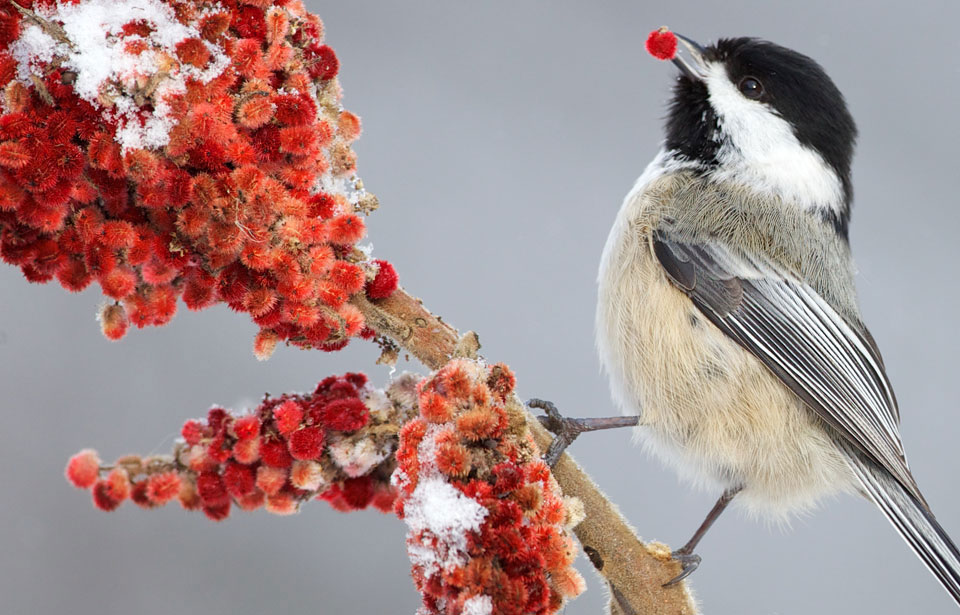Countless millions of migratory birds die each year when they fly full tilt into windows. It’s both the reflective and transparent characteristics of glass that make it an invisible killer. Birds see the tree reflected in a window, or the plant beyond the window — not the glass itself. Lights shining from windows are also a fatal attraction for birds migrating at night. To keep birds off this collision course, we must make glass visible to them and break up reflections on the windows of our schools, homes, and other buildings.
- Closing drapes or blinds when possible and moving indoor plants away from windows are among the simplest solutions.
- Placing bird-baths and feeders less than one metre or more than three metres away from windows will slow birds down or keep them distant enough that casualties happen less often.
- Planting trees away from windows will prevent them from being reflected in the glass.
- Sticking falcon- or hawk-shaped silhouettes to windows rarely does the trick. Dangling raptor-shaped cutouts made of wood or sheet metal on the outsides of windows with suction cups is more beneficial (the slightest breeze will cause them to move, alerting birds). Hanging ribbons, metallic streamers, or wind chimes in front of windows are similar options.
- Covering large windows with mesh netting (leaving space between glass and netting) will cushion the impact of crashing birds.
- Shutting off lights at night in high-rise buildings or schools and homes on mountainsides or, alternatively, closing curtains in illuminated rooms will prevent casualties caused by “fatal light attraction.”
- For more information on curbing collisions visit the Fatal Light Awareness Program Web site.



